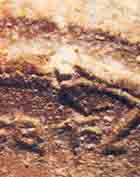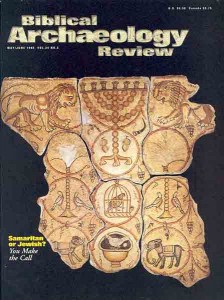
The question of authenticity naturally arises in connection with any artifact that is without provenance and is acquired on the antiquities market.
The Ahaz bulla was one of a group of more than a hundred bullae that I published recently.3 The surfaces, the edges, the cracks and the reverse of each of them—whether in good condition or burnt and damaged—were examined under a powerful (×40) microscope. We also took both color and black-and-white photographs of these bullae and enlarged them to 40 times the original image, which allowed for careful examination of the weathering of the seal.4 I can only repeat what the late Nahman Avigad, the doyen of seal scholarship in Israel, wrote when he published a group of more than 250 bullae from the antiquities market: “There was no reason to suspect their authenticity, and I seriously doubt whether it would be possible to forge such burnt and damaged bullae.”5
Already a library member? Log in here.
Institution user? Log in with your IP address.

